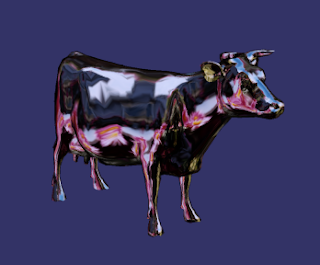然後讀了:Commentary on a post about Adobe’s “Mobile Strategy”
從這篇認識了一些Flashlite的發展歷程 "In the end, Adobe isn’t really providing any clear direction on what Flash professionals should be doing/taking on devices, other than waiting for 10.1 and Adobe CS5 these days. Hopefully, that’ll change in 2010 as 10.1 starts to appear." 連這位專家也對FP10.1感到困惑。 "Android would only make sense, if Adobe *wasn’t* going to do AIR on Android devices … to my knowledge, they haven’t really disclosed that info one way or the other." Flash to iPhone模式要發生在其他平台的一個要素是, 除非對方平台不願給放AIR,不然這個模式沒太大意義。 參考來源: "Commentary on a post about Adobe’s “Mobile Strategy”" - Scott Janousek » Blog Archive » Commentary on a post about Adobe’s “Mobile Strategy” ( 在「Google 網頁註解」中檢視 )

